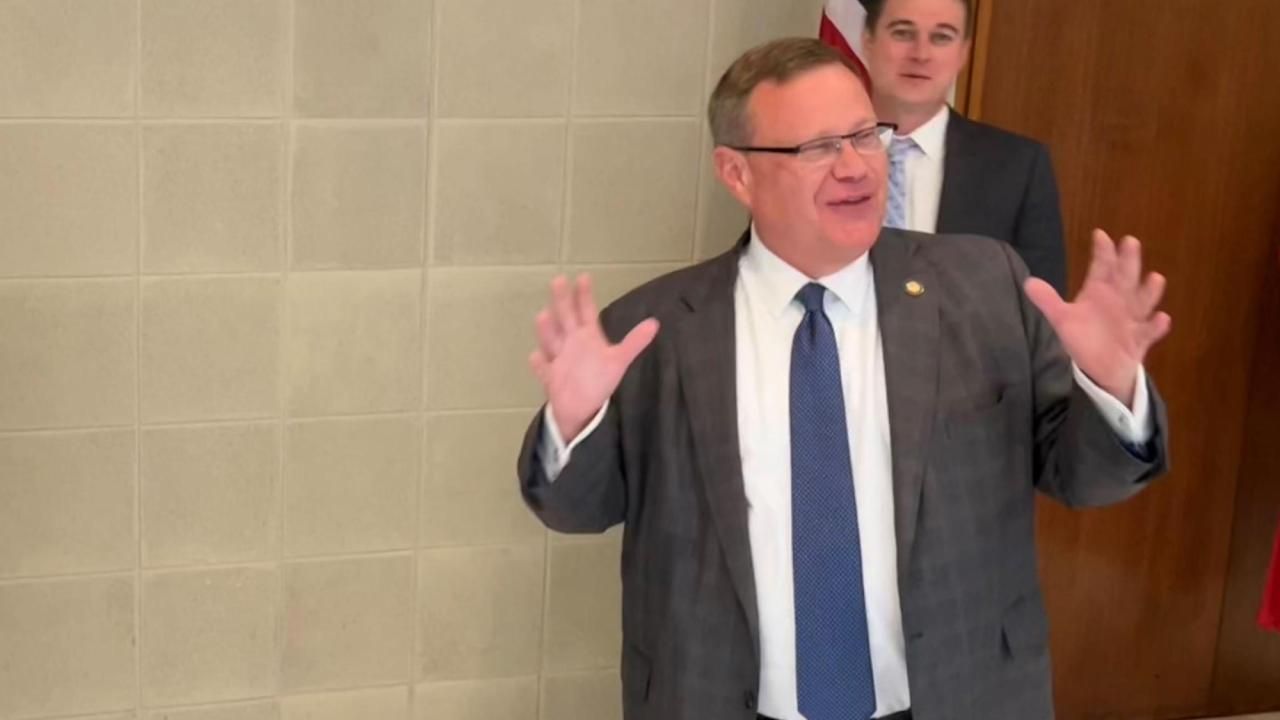Editorial: Legislature grasps at a solution in search of a problem

CBC Editorial: Monday, July 4, 2022; editorial # 8773
The following is the opinion of Capitol Broadcasting Company
Anyone seeking an example of the General Assembly leaderships’ backwards approach to dealing with critical issues need look no further than the sudden emergence of a plan to change the way public education is administered.
It is the classic of a solution in search of a problem.
The State Constitution has, since 1943 had a state Board of Education largely appointed by the governor with confirmation by the legislature.
With no notice in the waning hours of the current legislative session, House leaders introduced and forced through the committee system and on to the full House floor a plan to change the State Constitution to take the appointment power away from the governor and have voters elect the board members. Further, it would align the board’s representative districts with the state’s congressional districts.
Given the legislature’s hyper gerrymandering of congressional and legislative districts – which has been the subject of endless litigation over the last decade and continues to this day -- it would guarantee a partisan majority of Republicans on the board.
Since the current governor is a Democrat, the current majority of the state board’s membership is Democratic with the administration of state Department of Public Instruction led by a Republican elected state Superintendent of Public Instruction. In the past, during the administrations of Gov. Jim Holshouser in the 1970s and Gov. Jim Martin in the late 1980s, Republican governors' appointees made up the majority of the state education board while the General Assembly was controlled by Democrats.
North Carolina’s public education system, and how it is led, is certainly worthy of examination and maybe even significant change. But what needs to change and how it should be done is something that deserves an open and deliberative process. Amending the state Constitution and altering the way public education is administered by the state should not be the result of a slap-dash solution concocted in secret and forced onto the ballot in the closing moments of a legislative session.
North Carolina public education has some real challenges. For more than 25 years, our highest courts have ruled, the state has failed to keep its promise – a state Constitutional right – to make sure EVERY child has access to a QUALITY education. The legislature has refused to openly discuss funding a consensus plan to accomplish this – a plan the court has ordered the state to implement.
The prolonged failure to address the court order and keep faith with an essential right in our state Constitution – which our legislators swear an oath to uphold – is more than ample evidence of the need to examine the state’s administration of public education.
What the legislature needs to do, if it truly wants to examine public education in the state, is to be deliberative about it. Take lessons from the past (Smart Start is a good example). Bring together legislators, state and local school board members, educators, parents and maybe even some students. Engage experts to examine critical areas of concern and interest. Outline areas and problems to be examined along with objectives to be resolved. Engage the public through conducting open meetings and reaching out for citizen input through public hearings held around the state.
The difference here is that one approach involves first recognizing problems and then taking a deliberative process to arrive at solutions.
It is a stark contrast to the current unproductive system of declaring solutions and then searching for problems.









